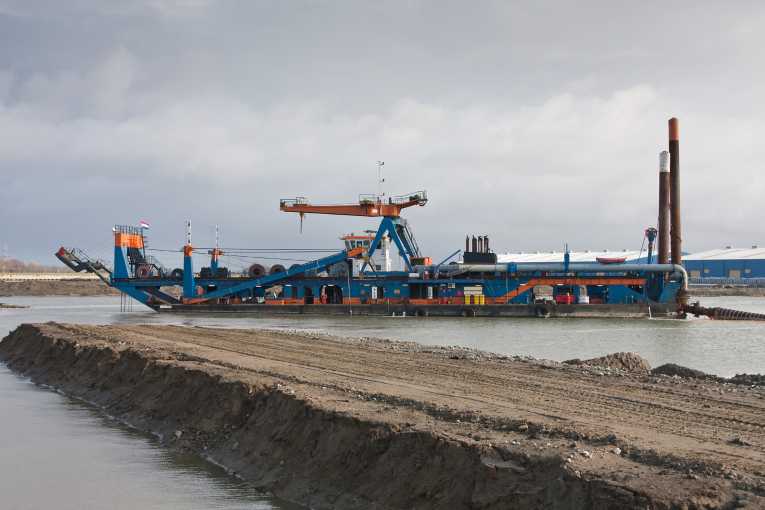Hazardous chemicals and heavy metals that were once commonly used in heavy industry are now rightly subject to strict controls, but their legacy lives on in the environment where polluted soil is a constant problem when a former industrial site is being redeveloped for other uses.
Another area where these residues present a particular problem is in the port and shipping industry. Channels have to be constantly dredged and the dredging process routinely brings up sediment that is contaminated with a wide range of nasties including carcinogenic PCBs, TBT, cadmium, lead and mercury.
Port owners have traditionally been faced with the choice of dumping it at sea, which is the cheaper option, or having it treated and buried in landfill, which is obviously much more expensive.
This led to the EUREKA project STABCON. A EUREKA project usually starts with a business idea that highlights adequate market prospects and clear objectives. It must be of a civilian nature and can be of any size, but it has to involve two independent partners from two different EUREKA Member States. Currently 40 European countries are members.
STABCON involved a Swedish-Norwegian consortium of research bodies, binder manufacturers, port authorities and design consultants that was led by Merox, a subsidiary of the Swedish steel maker Svenskt Stal AB (SSAB). They got together to try to find a way of stabilising and solidifying this polluted sediment and other dredged material that is so commonly found in Scandinavia.
There had been an earlier study of this stabilisation and solidification technique for the Swedish environment protection agency and the aim of this project was to test the method in a pilot study and draw up guidelines for ports.
The project first looked at the three alternative ways of handling these sediments from a sustainability perspective:
a) dumping in the sea
b) solidification and stabilisation
c) dredging and disposing on land.
Solidification and stabilisation proved to be both sustainable and cost effective.
The contaminated sediments are treated on site, where they are mixed with products that bind it to create a solid material that contains the hazardous substances.
The research and development director of the Swedish Geotechnical Institute, Goran Holm, was most enthusiastic about the additional benefits. "It reduces the demand for natural resources such as blasted rock and by treating the sediments in situ and using them in port areas you reduce the need for transport and its associated health risks."
A number of tests were carried out to find the most suitable binder and researchers settled on a mix of cement and Merit 5000, which is a derivative from the steel-making process. The slag is able to chemically bind the heavy metals at the same time as it cures.
The test site was the Swedish port of Oxelosund. A new harbour was needed and the aim was to dredge a section of the old harbour and treat the sediment for use in a new land area. This was a great success and a more extensive project has been launched for the whole Baltic Sea region.










